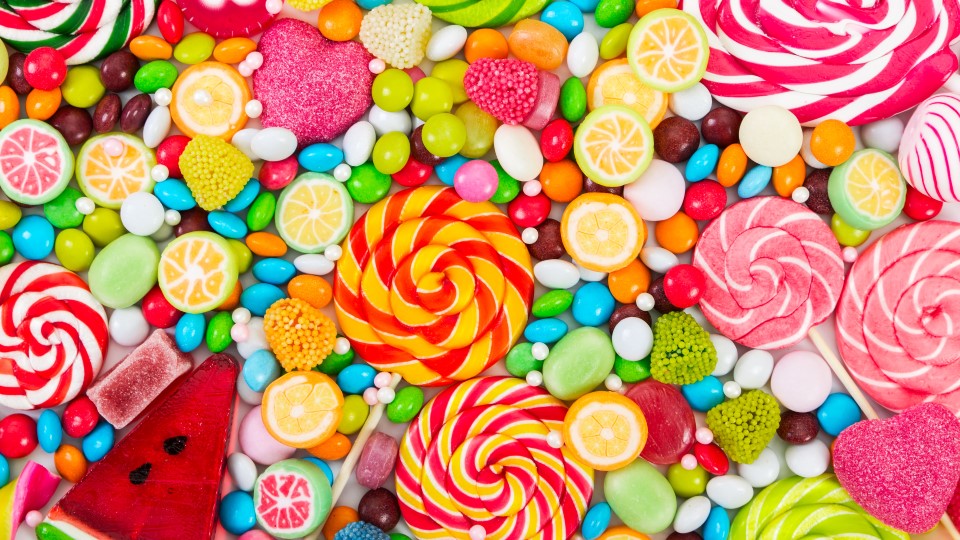Furthermore, obesity has a considerable negative impact on the emotional development of children, as well as being linked to higher rates of mental health conditions such as depression and anxiety. Obesity is a modifiable or preventable disease largely driven by energy balance, i.e. when energy intake from food or drink is greater than the energy expended through metabolism or physical activity. Sugar consumption has been linked to childhood obesity because children consume too much of the sugars that contribute to an energy intake that is higher than their bodies need.
Sugars come in a variety of forms, but ‘free’ or added sugars can be detrimental to health – not just obesity, but also tooth decay and diabetes. Free sugars do not occur naturally in the cells of the foods we eat, they are sugars that are added to food and drink and are not needed in our diet for our bodies to function healthily. Most of our free sugar intake comes from soft drinks and fruit juices, sugar added to tea and coffee, jams and chocolate spread, biscuits, pastries and cakes. The UK government’s Scientific Advisory Committee on Nutrition (SACN) recommend that free sugars account for no more than 5% of an individual’s daily energy intake. In children aged 4-6 years that’s 19g or 5 sugar cubes. In children aged 7-10 years that’s 24g or 6 sugar cubes, and in children aged 11 years or more that’s 30g or 7 sugar cubes a day.
Our own research as part of the Kids FIRST project, as well as other research, suggests that children and young people consume far more foods containing added sugars than they should be. We examined the diets of children aged 5-6 years and 9-11 years and found that children consume snack foods that are high in added sugars on average three times a day. Put in context, three snacks such as a digestive biscuit (2.5g of sugar), a small bar of chocolate (15g of sugar) and a small packet of sweets such as Haribo (12g of sugar) is the equivalent of almost 30g of sugar, and that is without other foods and meals such as breakfast cereals, desserts and drinks.
Many of the parents we spoke to as part of the Kids FIRST project highlighted critical times and contexts for consuming high sugar foods. Breakfast cereals contain a lot of added sugars that many parents were unaware of - swapping a bowl of Coco Pops to regular Rice Krispies for example is the difference of around 8g of sugar per bowl (or two sugar cubes). The after-school period, weekends and school break times were noted as times where children would request ‘popular’ snacks. Many schools suggest ‘healthy’ snacks but often fruit based snacks such as yogurt raisins (15g of sugar per 25g bag, or 4 sugar cubes) or fruit rolls (6.3g per 17g roll, or 1.5 sugar cubes) contain far more sugar than people realise.
In addition to these critical times, certain situations such as watching the television or being transported from school to extracurricular activities may trigger requests and provide an opportunity for snacking. Our own research has highlighted a link between watching TV and unhealthy snacking on high sugar foods. Several possible reasons may explain the relationship between screen-time and eating behaviours, including one behaviour serving as a stimulus to the other. For example, during time spent sitting in front of the TV and computers children are exposed to adverts (most often for foods high in added sugars) that can influence the type of food desired, requested and consumed. Screen viewing may also cause distraction resulting in a lack of awareness of actual food consumption or overlooking the feeling of fullness, which may lead to overconsumption and increased energy intake. Many children form the habit of snacking in front of screens from a young age, for instance if parents have put them in front of the TV with a snack for them to get some jobs done at home.
There are, however, many things that families can do to help reduce their children’s sugar intake. Involving children in these swaps and encouraging them to come up with their own ideas will likely make the swaps more readily adopted. Here are some top tips to get started:
- Don’t add sugar to cereals or drinks
- Swap sugary cereals with plain cereals
- If your child likes soft drinks and squash, switch to ‘no-added sugar’ versions
- Switch fruit flavoured yogurt to plain or ‘no-added sugar’ versions
- If you buy tins of fruit, choose fruit in juice not syrup
- Look out for anything ending with ‘ose’ on ingredients lists (fructose, glucose, dextrose), these are all added sugars
- Read the nutrition information on your popular snacks, if there is more than 22.5g of total sugars per 100g then leave it on the shelf.
- Switch to ‘no-added sugar’ baked beans, soups and sauces
- Don’t have high sugar snacks available at home, if they aren’t there, the children can’t eat them (have chopped vegetable sticks and humous or no-sugar yogurts easily accessible instead)
- Make up some fun and tasty recipes at home using fresh fruits to sweeten the snacks – flapjacks are a great treat.
Dr Natalie Pearson is a Senior Research Associate in Physical Activity and Public Health in the Centre for Lifestyle Medicine and Behaviour.
